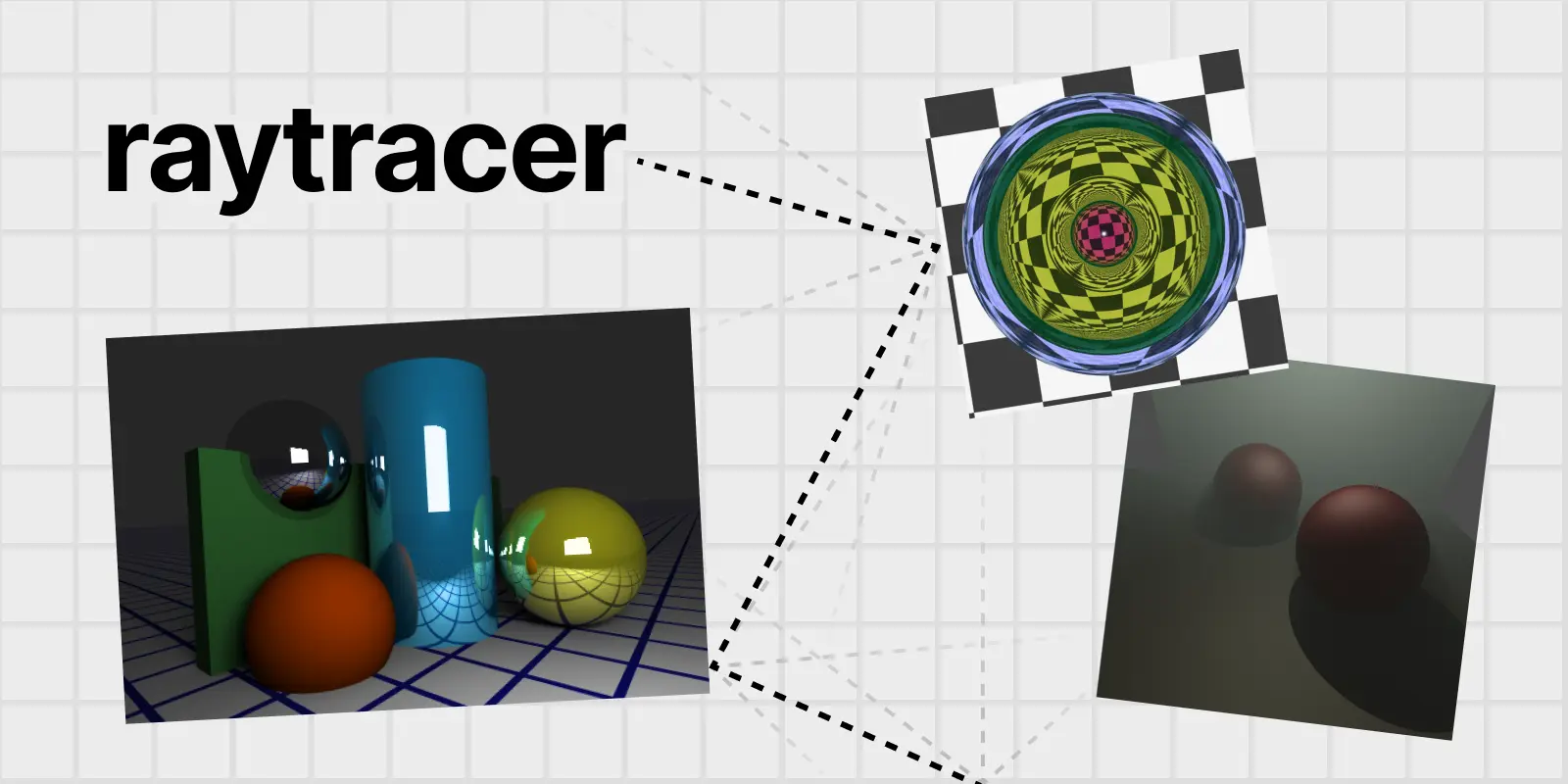- INDEX →
-
Raytracer

In the summer of 2018, during the time surrrounding a session at Johns Hopkins Univesity’s CTY Intensive Studies program, I worked at the University of Maryland on an independent computer graphics project under the mentorship of Prof. Matthias Zwicker. Over the course of my 8 weeks at the UMD’s Department of Computer Science, I worked in Java to implement the C++ ray-tracing renderer constructed over the course of “Ray-Tracing From the Ground Up”, by Kevin Suffern, and to then extend the capabilities of the program to render inhomogeneous volumetric media, such as smoke and fog.
The technical foundation of the project is a Java port, created by Github user MatrixPeckham, of the C++ raytracer skeleton provided by the textbook’s online materials. This starter raytracer provided the core project organization and utility functions that I needed to begin working on 3D rendering software without established experience in linear algebra or desktop application development. Thankfully, MatrixPeckham has released their port under the GNU General Public License, and so enabled this pedagogical project for myself. Beyond implementing features described in the textbook, including UV texture mapping and object reflection, I added my own tracer subclass, which interacted with the 3D scene’s build function (description of environment) to simulate the impacts on light of volumetric media by using a ray-marching algorithm to add variable light scattering and extinction to the path tracing procedure.